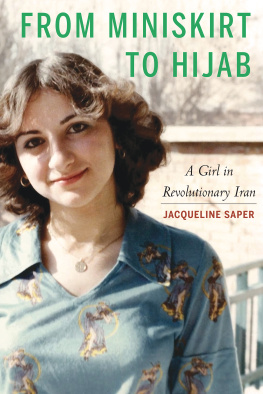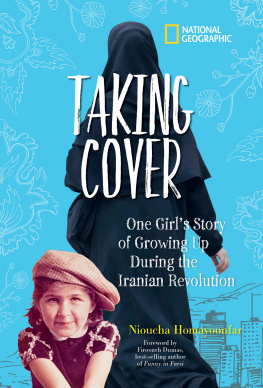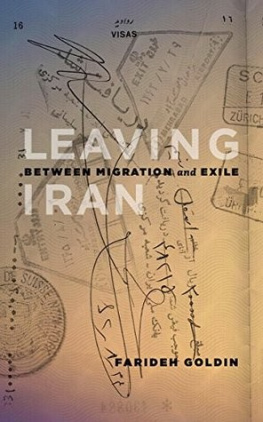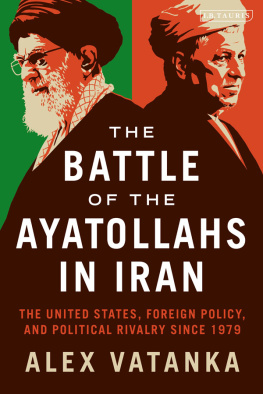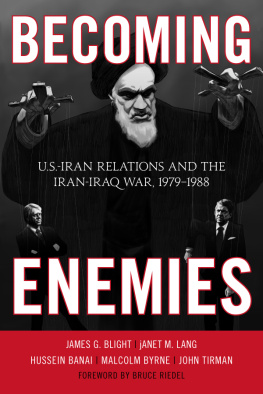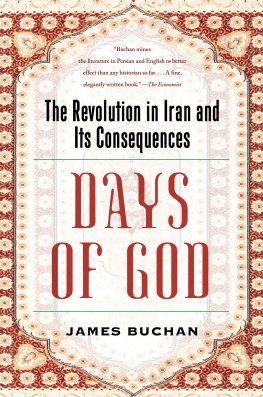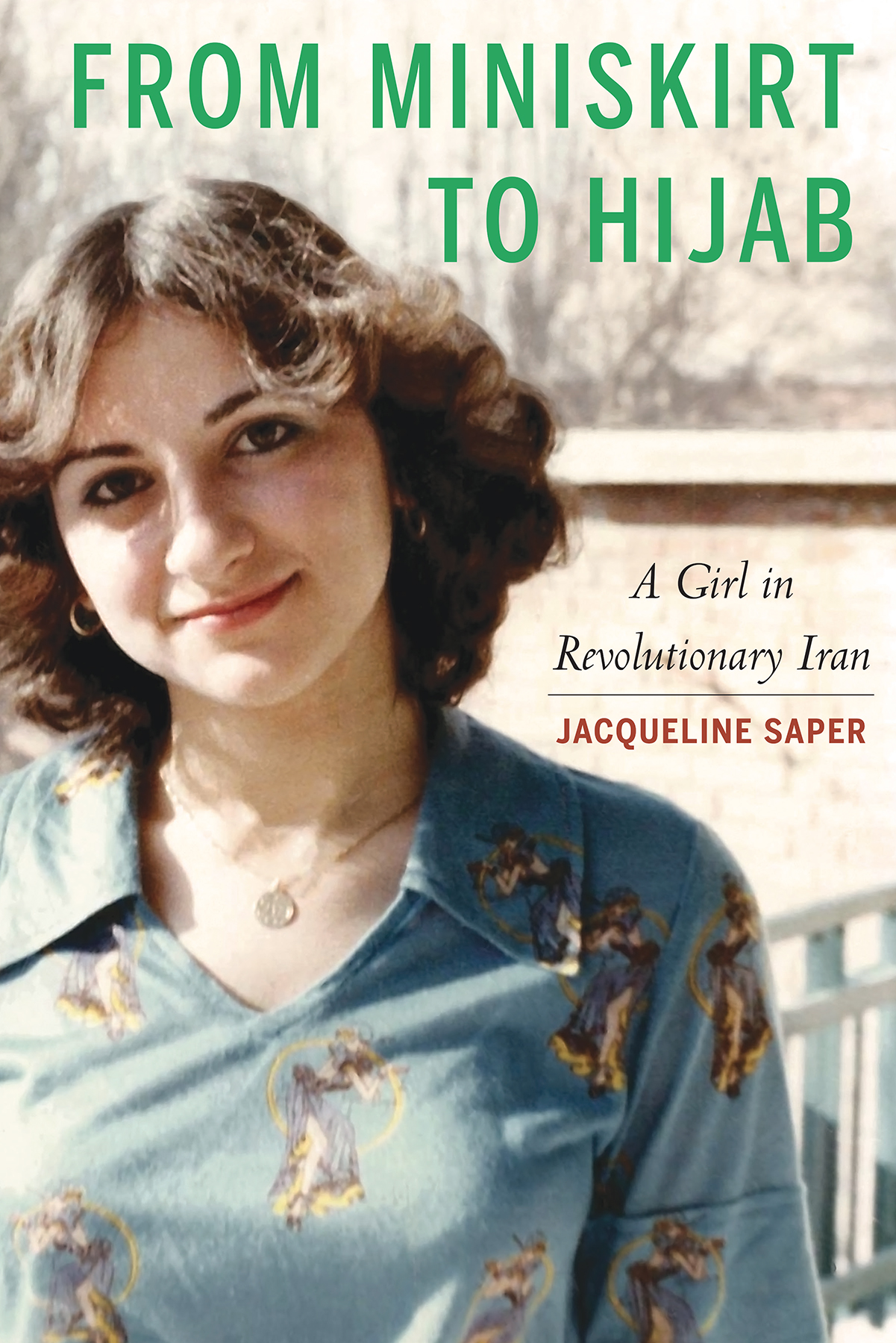
Richly informative, From Miniskirt to Hijab captures a difficult time in Iranian history with honesty and candor. Saper demonstrates her love for the country of her birth while realistically discussing some of the challenges confronting a non-Shiite in a very conservative society.
Mateo Mohammad Farzaneh, associate professor of history at Northeastern Illinois University and author of The Iranian Constitutional Revolution and the Clerical Leadership of Khurasani
From Miniskirt to Hijab is a deeply moving memoir that vividly details the struggle of human lifeboth collective and individualunder authoritarian rule. Sapers insightful and compelling narrative is extraordinary in its use of personal perspective to mourn the rapid loss of Irans once progressive society. This book is both an important historical account and a cautionary tale, a poignant reminder of the devastating impact an unchecked regime has on its unwilling participants.
Bardia Fard, chapter president of the Iranian-American Bar Association
From Miniskirt to Hijab is the best book yet to explain the contrast of life under the rule of the Shah versus that of the Ayatollahs. Saper is uniquely able to articulate the underlying dynamic of Irans sudden rejection of a Western culture that was idealized for years before 1979. This book is a must-read for anyone who wants to understand the causes of turmoil in one of the most volatile regions of the world.
Bobak Kalhor, director and producer of A Dying King: The Shah of Iran
From Miniskirt to Hijab
A Girl in Revolutionary Iran
Jacqueline Saper
Potomac Books
An imprint of the University of Nebraska Press
2018 by Jacqueline Saper
All images are from the personal collection of the author. The events mentioned in this book are true and based on actual events. However, some names have been changed to protect the privacy of individuals. Any similarity of those fictitious names to real people, living or dead, is entirely coincidental and unintentional.
Cover designed by University of Nebraska Press; cover image courtesy of the author.
Author photo Bekig Joassaint.
All rights reserved.
Potomac Books is an imprint of the University of Nebraska Press.
Library of Congress Cataloging-in-Publication Data
Names: Saper, Jacqueline, 1961 author.
Title: From miniskirt to hijab: a girl in revolutionary Iran / Jacqueline Saper.
Description: [Lincoln]: Potomac Books, an imprint of the University of Nebraska Press, [2019] | Includes bibliographical references.
Identifiers: LCCN 2019001978
ISBN 9781640121171 (cloth: alk. paper)
ISBN 9781640122420 (epub)
ISBN 9781640122437 (mobi)
ISBN 9781640122444 (pdf)
Subjects: LCSH : Saper, Jacqueline, 1961Childhood and youth. | Jewish womenIranBiography. | IranHistoryRevolution, 1979Personal narratives, Jewish.
Classification: LCC DS 135. I 653 S 27 2019 | DDC 955.05/42092 [B]dc23
LC record available at https://lccn.loc.gov/2019001978
The publisher does not have any control over and does not assume any responsibility for author or third-party websites or their content.
In memory of my resilient father, Rahmat Lavi, who loved his native country of Iran, and to my courageous mother, Stella Averley, who loved my father enough to leave her native England.
And to all those whose lives have been interrupted by revolution and war.
Human beings are like parts of a body,
created from one essence.
When one part is hurt and in pain,
others cannot remain in peace and quiet.
If the misery of others leaves you indifferent and with no feeling of sorrow,
then you cannot be called a human being.
Bani Adam (The Children of Adam), by thirteenth-century Persian poet Saadi Shirazi.
The lines of this poem are displayed on the wall at the entrance to the United Nations building in New York City. This poem, using the translation above, was included in President Carters toast to the Shah of Iran during the New Years Eve 1978 State Dinner at Niavaran Palace in Tehran.
Contents
I would like to thank the many individuals who enthusiastically encouraged me to record this story. To my parents, Stella and Rahmat, who taught me to navigate lifes challenges with strength and fortitude; to my husband, Ebi, my life partner, who is my best friend and my greatest supporter; and to my children who seized every opportunity our immigration to the United States afforded them and who are now accomplished adults in their own right. To my editor, Lisa Thaler, who asked the right questions and with her keen insights evoked details that I never would have included. Finally, to the professional staff at the University of Nebraska Press, for bringing my manuscript to life.
Once known as Persia, Iran is a modern nation with an ancient past. Two and a half thousand years ago, Cyrus the Great was crowned the first king of the Persian Empire. He is known to have respected the traditions and customs of the various subjects of his vast empire. The Persian monarchy continued throughout the centuries, and each dynasty had a unique history with distinctive characteristics.
In 1925, Reza Shah established the Pahlavi dynasty. He was a Western-leaning monarch who took drastic and unorthodox measures to modernize the country. For example, in 1936, the king banned the wearing of hijab for women and traditional Eastern garb for men.
His son Mohammad Reza Shah became king in 1941 and ruled Iran through an era of rapid modernization and prosperity until 1979. The Iranian Revolution of 1979 ended the establishment of the monarchy in Iran and replaced it with an Islamic republic.
The Shah left Iran on a cold winter day in January of 1979 on a flight to Egypt. While delivering one of his last speeches to his fellow countrymen, he uttered these words predicting the implications of his departure from his homeland: If I leave, Iran will go down. If Iran goes down, the Middle East will go down. If the Middle East goes down, the world will suffer.
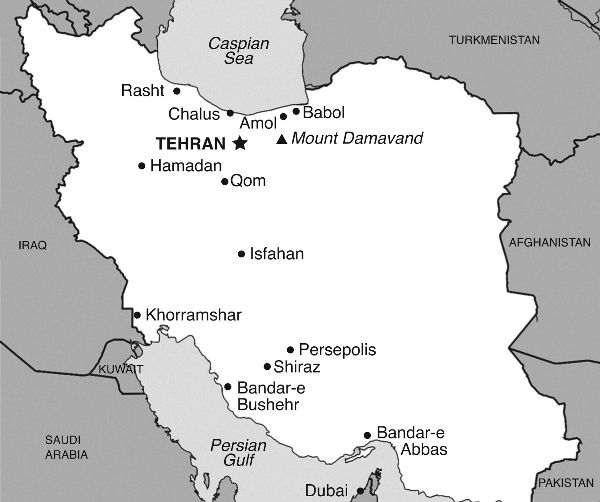
.
Hope
19611978
The Best of Both Worlds
My bicultural upbringing in the upper-middle-class northern Tehran community of Yousefabad was evident in our homes dcor. Silk Persian carpets and traditional khatam handicraft inlaid-mosaic picture frames sat amid oil paintings of the English countryside and blue Wedgwood porcelain.
Both of my parents cultures placed great emphasis on tea. A large, silver-toned samovar sat on the kitchen counter next to a china pot of fragrant English breakfast tea and was left simmering on a low setting for hours. My dad elevated the preparation of tea to an art form. Just as if he were in one of his chemistry labs at the university, he would carefully measure a spoonful of loose tea into the mesh infuser of the teapot. When the water was almost boiling, he would fill the ceramic teapot halfway, cover it, and let the tea (chai) steep for about five minutes on top of the samovars lid. As is the Iranian custom, my father drank his chai from a glass (estekan) to better assess its quality and consistency of color. Our traditional Isfahan tea set included a hammered silver tray and six estekans. A three-legged, lidded bowl with a handle contained the lump sugar and thin, transparent yellow disksIsfahani candies known as
Next page
